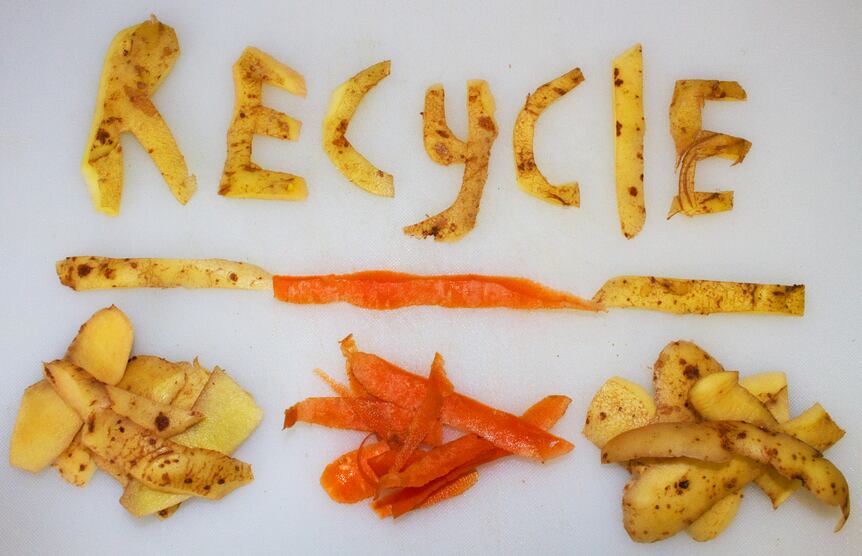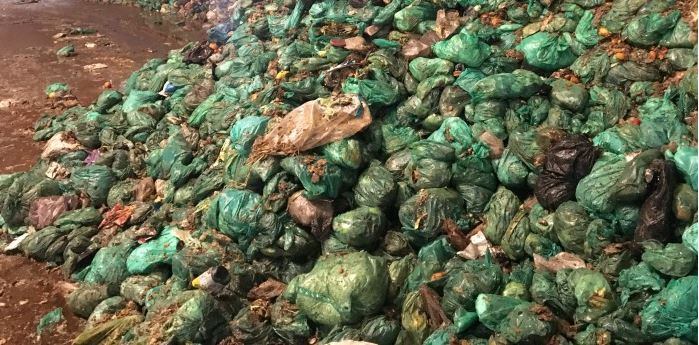Each year around 20% of food produced in the EU is lost or wasted. Over half of this waste occurs at a consumer level. In line with the United Nations’ Sustainable Development Goal 12.3, the EC has identified food waste as a propriety area under the Circular Economy Action Plan.
Speaking at the sixth EU Platform on Food Losses and Food Waste, Jyrki Katainen, vice-president for jobs, growth, investment and competitiveness in charge of food safety, stressed the importance of securing accurate data to identify the areas in the chain where food is currently wasted.
“In food waste, as in life, what gets measured gets managed. To be able to act meaningfully we need to know where, what, how much and why we are losing food resources,” Katainen said.
According to the former Finish Prime Minister, currently date codes contribute 10% to the total food waste produced across Europe. The EC is currently “undertaking work” to “improve” date labelling on foods, he revealed.
Dependable data
“Thanks to the revised EU waste legislation, adopted as part of the Circular Economy Action Plan in 2018, we will have access to consistent data on food waste. But we want to go even further and help Member States to quantify food waste at every stage of the supply chain. I am therefore delighted to announce that the Commission has also adopted… a Delegated Act laying down a common food waste measurement methodology," Katainen announced.
Based on a common definition of food waste, the methodology will ensure coherent monitoring of food waste levels across the EU. It will be transmitted to the co-legislators this summer with a view to final adoption in the autumn, the Finish politician noted.
Member States will be expected to put in place a monitoring framework with 2020 the first year food waste is reported on. Member States will be required to report back to the Commission by mid-2022.
While the Delegated Act defines what needs to be measured as food waste at each stage of the food supply chain and how this should be carried out, the Commission said it provides “flexibility” as to how data collection should be carried out at national level.
“In addition to monitoring of food waste by Member States, I count on the active participation of food business operators to measure and report on waste levels,” the European Commissioner added.
Tackling food waste: The business case
Speaking to his audience at the food waste summit yesterday (6 May), Katainen stressed that there are compelling financial arguments for the private sector to combat food waste.
In the EU, 61% of biomass is mainly used for food and animal feed and the whole food chain sector employs one fifth of the workforce, Katainen noted.
Circular economy models are already fuelling innovation, investment and profit growth across various sectors – including agri-food – he continued. “In 2016, sectors relevant to the circular economy employed more than four million workers – a 6% increase compared to 2012. Circularity has opened up new business opportunities,” he claimed.
According to EC data, circular activities generated €147bn in value-add during 2016 – and attracted investment of around €17.5bn. “Overarching all of this is the drive for a more sustainable future – in which the food sector plays a fundamental role,” Katainen said.
“The business case for food waste prevention is convincing. Research shows a 14:1 return on investment for companies which integrated reduction of food loss and waste in their operations. I count on the active participation of food business operators to measure, report and act on food waste levels.”
According to research from Champions 12.3 - a coalition of executives from governments, businesses, NGOs, research institutions, farmer groups, and civil society dedicated to achieving SGD 12.3 - companies saved US$14 for every US$1 invested in reducing food waste. Restaurants, meanwhile, save $7 in operating costs for every $1 invested in cutting food waste, Champions 12.3 revealed.
Citizen mobilisation
With over half of all food waste generated in the EU occurring at a consumer level, addressing food waste will also require the mobilisation of European citizens.
Katainen noted that a shift in consumer expectations around sustainable food production is already evident: “While citizens expect their food to be safe and affordable, they are increasingly concerned about food quality, its origins and impact on their health and the environment. The sustainable management of land, soil, water, and the conservation and sustainable use of biodiversity, are essential to making food systems circular.”
He expects this evolution of consumer demand to increasingly encompass food waste, in a similar way to the sharp developments in public attitudes to plastics. “The transition to greater circularity and more sustainable food systems needs the active engagement of citizens. The food and drinks sector has not yet received the same overwhelming attention level which was given to our actions related to plastics. But it should come.”
Future opportunities for innovation
“There are plenty opportunities to redesign a food system that minimises losses and promotes circularity. This will maximise value for consumers, producers and society as a whole,” Katainen predicted.
Looking at specific examples where innovation could bring benefits across the value chain, Katainen flagged the importance of the EU plastics strategy, which targets fully recyclable plastic by 2030.
He also pointed to the economic benefits that would flow from innovation to valorise side-streams and by-products from existing food production. “Turning bio-waste, residues and discards into valuable resources, as part of the bio-economy, offers further business opportunities,” Katainen suggested.
“Food loss and waste is nothing else but a symptom of a dysfunctional food system and tackling its root causes requires rethinking how we produce, market, distribute and consume food.”




